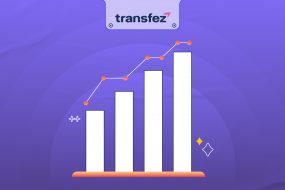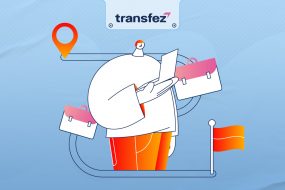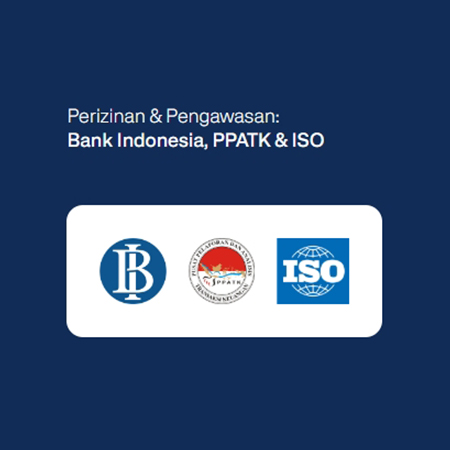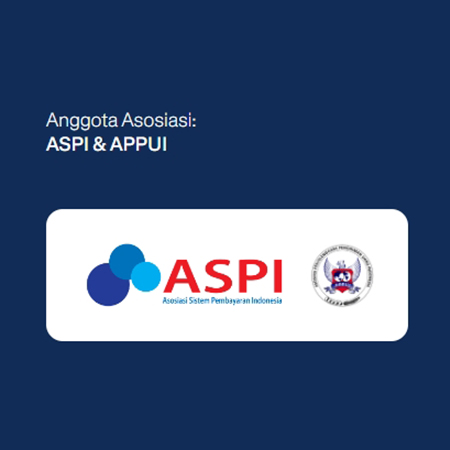
The word “bill of lading” must be familiar to you if you export or import goods. This document, which serves as the identification of the items shipped or received at the port of delivery, is quite significant. A bill of lading is a supplemental document that serves as the shipping party’s declaration of the items being transported or received.
The identity of the products, the sender, and the recipient are often described in the Bill of Lading document. Basic details such as the shipper, the cargo, the B/L amount, the client’s name, the payment method, and the freight. This document is also known as a transportation contract between the sender or the recipient and the carrier. For more information about the bill of lading, see the following explanations.
Specific Definition of Bill of Lading
One of the crucial records that must exist to carry products for export or import, particularly when exporting items by sea, is the bill of lading. The whole sender’s name, ship name, cargo details, loading and unloading ports, freight details, payment method, name of the client or consignee, bill of lading number, and date of signature are all included in this document.
In short, a bill of lading or also known as B/L or BoL is a letter of agreement between the shipper, the consignee, and the carrier. In Indonesian, a bill of lading is known as a bill of lading which means a ship’s bill of lading or a certificate of introduction for goods transported by a fleet of ships. In the process, because this document is important to be used as evidence of a contract or agreement to transport goods by sea, the bill of lading is issued by the shipping party and also approved by them.

The Benefits of Bill of Lading
Once you understand what a bill of lading truly is, you can determine what this particular bill of lading’s benefit is.
- As Evidence
The bill of lading’s primary purpose is to serve as evidence of the cargo’s receipt. The bill of lading often serves as evidence that the shipped items have been put onto the carrier ship. so that the cargo has departed the port and been officially logged aboard the ship.
- As a Proof of Ownership
The shipper and the owner of the goods are typically on the bill of lading. The bill of lading may serve as ownership documentation for the owner of the goods being received from the port. For the consignee to be able to claim the goods at the port using the information and identity listed on the bill of lading.
- Transportation Agreement
Additionally serving as evidence of the legitimacy of any items delivered via the port. The purpose of the bill of lading itself is to serve as a record of the transport contract and the transfer of goods from the carrier to the recipient.
See Video How To Easily Send Money International with Transfez
Bill of Lading Types
Following are the types of bills of lading that are in the process of shipping goods.
House Bill of Lading
It is a document made by a sea transportation intermediary shipper or a company that does not operate a ship (Freight Forwarder). This document contains an acknowledgment that the goods have been received and issued to the supplier. This Bill of Lading is also known as the Forwarders Bill of Lading.
Clean Bill of Lading
It is issued by the shipping company or its agents without any statement regarding the constitutional defects of the goods or cargo taken on board the Ship.
Received for Shipment Bill of Lading
A document issued by the carrier as proof of receipt of goods.
Send Money Easily to Different Countries
How to Send Money to Hong kong
How to Send Money to China
How to Send Money to Malaysia
How to Send Money to Japan
Through Bill of Lading
The document that permits the freight forwarder to pass cargo through several modes of transportation or several distribution centres. Starting from POL (port of loading) to POD (port of discharge).
Master Bill of Lading
It is a document made to shipping companies by their carriers as a transfer receipt. This document sets out the requirements necessary to transport the goods, details of the sender or consignor, consignee, and person who owns the goods.
Charter Party Bill of Lading
An agreement between the charterer and the ship owner. This document is useful for those of you who use the bulk transportation system by renting part or all of the ship.
Combined Transport Bill of Lading
It is a B/L that involves more than one different type of transportation, either on land or by sea. This mode of transportation can be anything from cargo ships to air.
Short-term or Blank Back Bill of Lading
The document is issued when the detailed terms and conditions of the contract of carriage are not provided on the body of the B/L or behind it.
Straight Bill of Lading
A document to show that the goods are handed over to a certain person and are non-negotiable free of existing equity. That is, the endorser does not get better rights than the rights owned by the endorser. This bill of lading is also known as a non-negotiable bill of lading.
Order Bill of Lading
The document showing the wording that makes the bill negotiable.
Download Transfez App
Transfez App can help you transfer money abroad more quickly and efficiently. Transfez Business can also help your business in making transactions abroad. For those of you who want to send money to relatives who are abroad because they are studying, working, or traveling, Transfez will be ready to help. This app is available on Android as well as iOS.
Container Bill of Lading
The document that provides information about goods shipped in containers or containers from one port to another.
The Bill of Lading Liner
This contains information about the use of ships that already have a delivery schedule and route.









